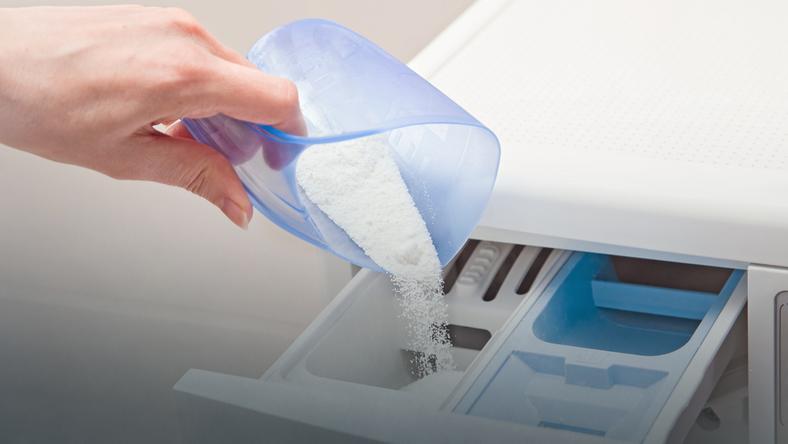
Testing the quality of detergent washing agents.
The testing of the quality of washing agents is carried out according to the relevant standards (PN-C-77060 and related standards). The full testing program for washing powders used in households includes:
• checking the tightness of the packaging and checking the marking;
• checking the actual weight of the powder in the unit package;
• color check, form and odor of the powder;
• determination of the pH of the washing solution (pH not greater than 11,0);
• determination of active oxygen content (in the case of powders with chemical bleach);
• determination of the phosphate content;
• checking the foaming capacity in an automatic washing machine (in the case of low-foaming powders);
• determination of the protective ability against graying, i.e.. the ability of the detergent or adjuvant to counteract dirt accumulation on the fabric in the soiled washing bath;
• marking of the total incrustation on the fabric after washing, i.e.. residues of organic and inorganic substances on the fabric after repeated washing;
• determination of the decrease in tensile strength of the fabric after repeated washing with a given powder.
The program of incomplete tests includes the performance of the first five of the above-mentioned types of tests.
Marking of unit packages of washing powders should include:
- name or trade mark and address of the manufacturer or supplier,
- the word name "Washing powder" and the type,
- the nominal mass of the powder in g or kg,
- the number of the subject standard,
- method of use, taking into account powder dosing depending on water hardness,
- production date and shelf life or expiry date.
Transport packages should additionally contain information on the number of unit packages in the collective package, the permissible number of loading layers in the transport means and the permissible number of storage layers at the storage site.
Testing the quality of detergents for washing delicate fabrics and knitted fabrics, including wool, most often in the form of liquids or pastes, in addition to those mentioned for washing powders, may additionally include the following:
• checking resistance to hard water;
• checking the washing ability;
• checking the dimensional changes of woolen fabric after washing.
Detergents for washing delicate fabrics should be effective at low temperatures, while the pH of the washing baths formed from them should vary between 5,0 do 8,0.